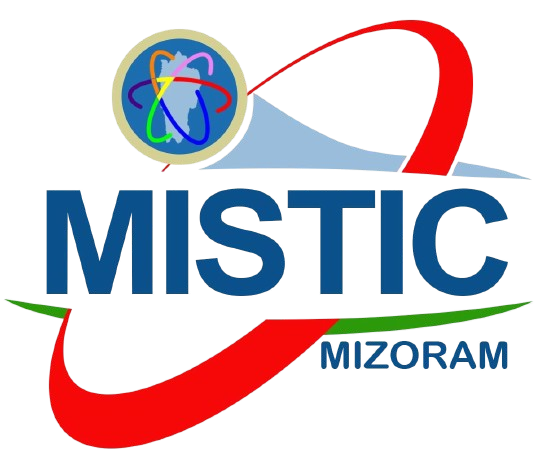PRELIMINARY ASSESSMENT OF VULNERABILITY AND RISK ASSOCIATED WITH CLIMATE CHANGE ON WATER RESOURCES SECTOR AND HUMAN HEALTH IN MIZORAM
Home > SCCCC > Phase I > PRELIMINARY ASSESSMENT OF VULNERABILITY AND RISK ASSOCIATED WITH CLIMATE CHANGE ON WATER RESOURCES SECTOR AND HUMAN HEALTH IN MIZORAM
Top down vulnerability assessment of Water Resources and Human Health Sector was started in 2016 and completed in 2017.
Approach/Methodology adopted
For water resources sector, Soil and Water Assessment Tool (SWAT) was employed by using QSWAT (QGIS, an open source GIS application Software as a platform). 5 Major water balance components; precipitation, evapo-transpiration, ground water recharge, surface runoff and base flow were used as an indicators of vulnerability.
For human health sector, Liverpool Malaria Model which is an integral part of Disease Cradle Model was employed for the assessment. Entomological Inoculation Rate, Human Biting Rate and Transmission Potential were indicators identified for vulnerability.
Baseline data supplied from SWAT website were used (1979 – 2014). For future scenarios, i.e., data generated using HadCM3 RCP 4.5 and RCP 8.5 from SimClim 2015 AR5 were used.
Significant results brought out as a part of the project
Vulnerability maps and tables were generated for both the sectors for two future scenarios (2050 and 2100).
Report Preliminary Assessment of Vulnerability and Risk Associated with Climate Change on Water Resources Sector and Human Health in Mizoram was published on 29th May 2017.
